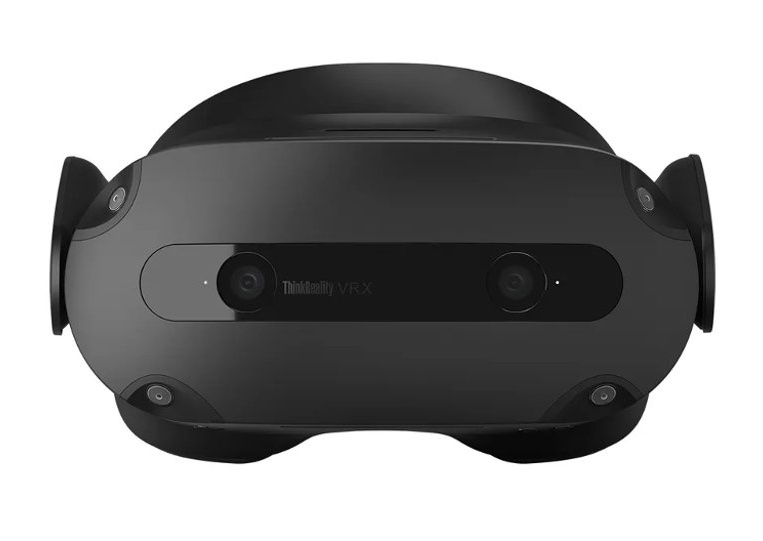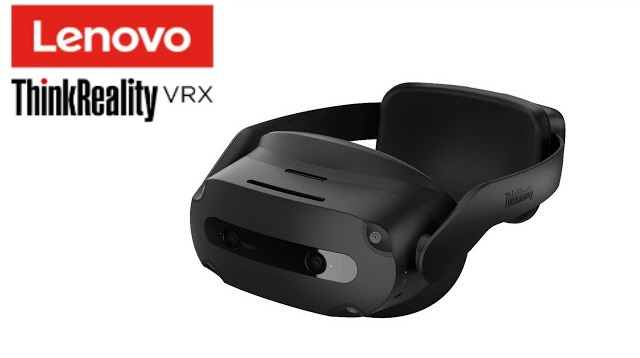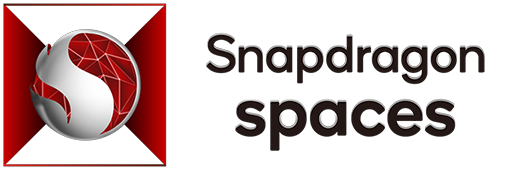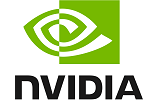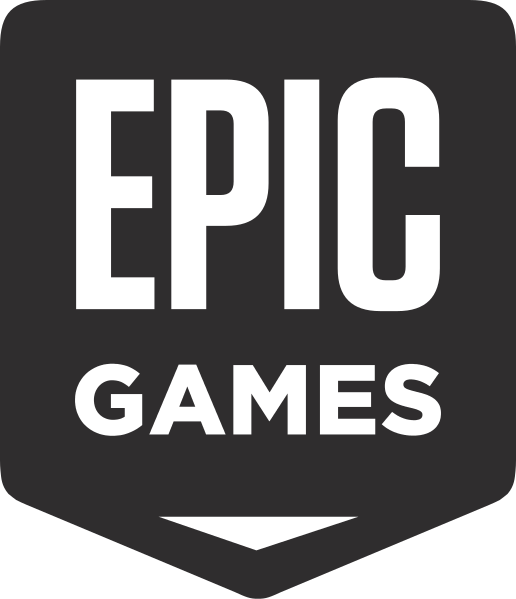Introducing PNX-ThinkReality VRX For Higher Education
PNX Labs and Lenovo join forces to bring AAA STEM XR simulations to the market, offering the largest library of content for Science and Engineering. These simulations in combination with the Enterprise-Grade Lenovo ThinkReality VRX are set to disrupt the market by bringing complex and expensive equipment to students from all over the world. Some of the subjects covered by PNX Labs are but not limited to:
■ Thermodynamics - Heat exchangers, convection and radiation, extended and transient heat transfer and more.
■ Fluid Mechanics - Pressure loss in pipes, orifice calibration, centrifugal pumps and more.
■ Metallography - Microscopic and Macroscopic techniques.
■ Ion Chromatography - state-of-the-art equipment so students can prepare samples and operate all the components in the Dionex ICS Ion Chromatography System.
■ Mechanics of Materials - Tension, Compression, Torsion, Fatigue, Rockwell, Vickers, Brinell, Springs, Charpy, and Izod tests. Strain Gauges, Euler Buckling and beam bending Specimens include metals, polymers, ceramics and composite materials.
■ Advanced Manufacturing - metal 3D printing, laser, and 3d scanning technology for quality control, 3D CAD inspection, and more.
■ Scanning Electron Microscopes - Step by step learn to operate a SEM to analyze different specimens such as ceramics, semiconductors, composite materials, and more.
■ Atomic Force Microscopes - Powered by AI, to emulate the outcomes of Atomic Force Microscopes. This platform enables students to conduct detailed analyses using either the provided specimen samples or by importing their own micro-CAD models.
Extensive research has demonstrated that XR in education enhances learning outcomes
Students exposed to virtual Reality-enhanced learning experiences exhibit higher levels of engagement, improved understanding of abstract subjects, and increased retention rates.[1]
■ In one experiment 71.5% of students surveyed (n = 295) reported enhanced learning outcomes.[2]
■ In one experiment the experimental group (using XR) outperformed the students in the control group. Students evaluated the VR tool as having a positive impact on their course contents learning and as a valuable tool to enhance their learning experience.[3]
[1] The Impact of Virtual Reality Technology on Student Engagement and Learning Outcomes in Higher Education İbrahim Yaşar KAZU*, Murat KUVVETLİ2.
[2] Adoption of virtual reality technology in higher education: An evaluation of five teaching semesters in a purpose‑designed laboratory Benjy Marks1 · Jacqueline Thomas1
[3] Impact of virtual reality use on the teaching and learning of vectors Esmeralda Campos1, Irving Hidrogo2 and Genaro Zavala3,4*




